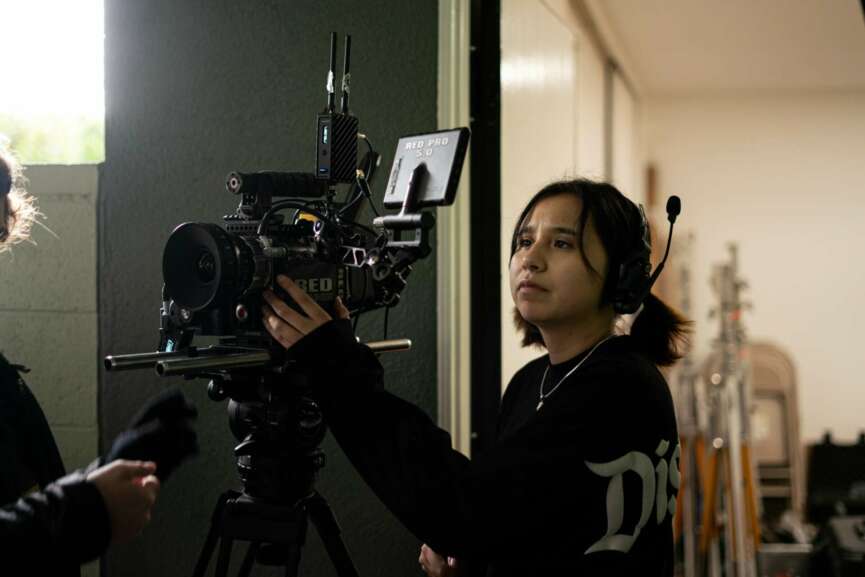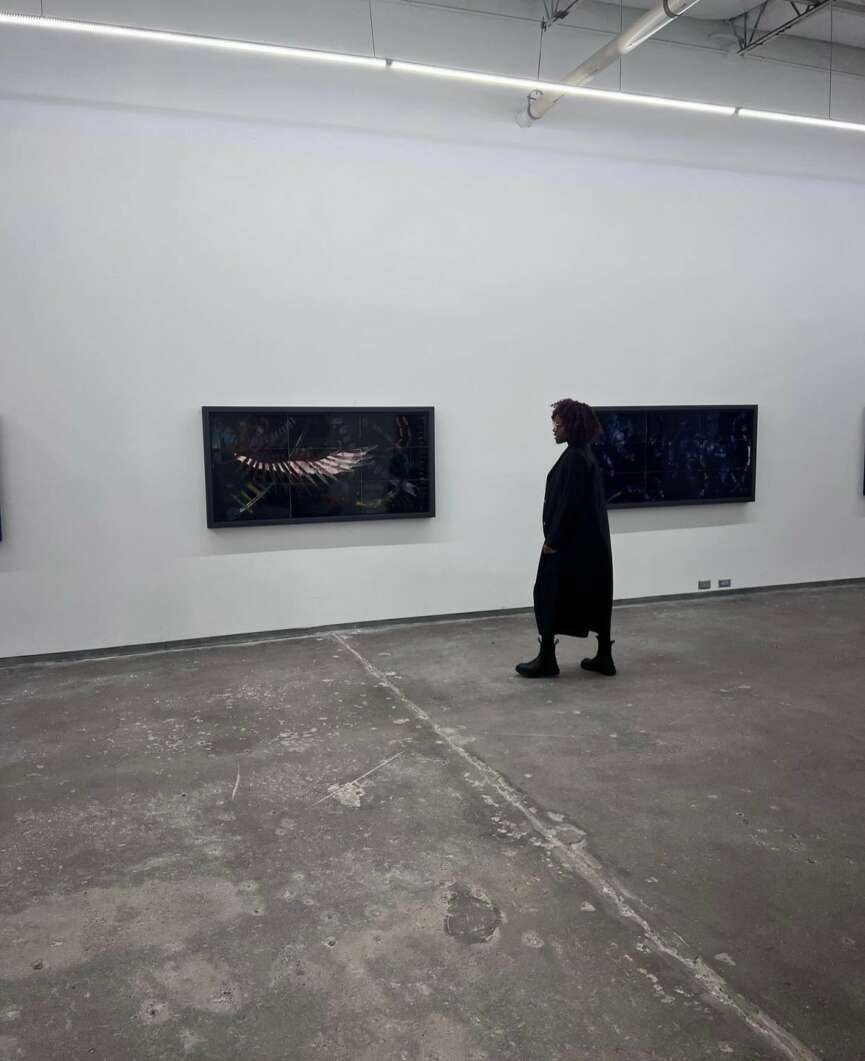One of the most powerful things about being a business owner is the ability to create a work environment according to your own principles. So many of us have worked within a company or organization and been disappointed by the way things were run, the way team members were treated. So, we wanted to ask some fantastic business owners and operators how they’ve gone about creating a more inclusive workplace.
Aisha Rae

Creating an inclusive workplace is not just a buzzword; it’s a fundamental aspect of fostering a diverse and dynamic work environment that benefits both employees and the organization as a whole. Read more>>
Antoine Thomas

I think creating a more inclusive workplace goes beyond trying to insert checked boxes into systems that weren’t built with inclusivity in mind in the first place. It goes beyond hiring — It requires ensuring existing tools and processes are inclusive, because without that, the company just made its newest employee’s job that much harder. There’s invisible work, the work that has to take place in order to do the actual job, we as minorities do when we enter spaces predominately filled by people who don’t have similar life experiences. Read more>>
Lu Mendoza

For me, creating an inclusive space is not only about seeing people and including them in discussions or spaces. I believe creating inclusion comes from seeing people with talent and actively lifting each other up to showcase those talents. As someone who belongs to both the queer and Latinx communities, I have experience and understand how important it is to create inclusive spaces. Read more>>
Kristyn Eite

Creating inclusive work spaces is a top priority of mine as well as our overall company culture; we believe in empowering team members to come as they are and be their 100% true, authentic selves. At times, that’s not as easy as it should or could be and it’s important to create not only safe, but affirming work spaces. To that end, sometimes, that means leading educational and inclusive discussions within the team setting- by doing so, we’re encouraging others to be a part of the processes of truly creative diverse, equitable and inclusive spaces; people can then be a part of a conversation or opportunity vs. being told of one. Participation is key to that success. Read more>>
David Robkin

Workplace inclusion is a cultural issue. For me that means that inclusion and acceptance have to be the expected cultural norms for most of the people involved. Generally that comes from the top down as actions and behavior, not edicts and directives. It is a bit of a Catch-22 that you have to demonstrate inclusivity in a place that does not embrace it before it can take root. To get around that I turn to professionalism. Read more>>
Mairim Neves

Certainly, I’d be happy to share some direct insights on creating a more inclusive workplace based on my experiences. Read more>>
Daniella Uche-Oji

Oftentimes, we find ourselves trapped in the confines of preconceived notions and stereotypes perpetuated by those responsible for crafting statistics. This practice, while seemingly innocuous, has had a profound impact on how individuals are perceived and, in turn, treated by various institutions and companies. I, for one, belong to two distinct demographics – African-American and Generation Z – both of which have been subject to their fair share of misconceptions and biases rooted in statistics. Read more>>


